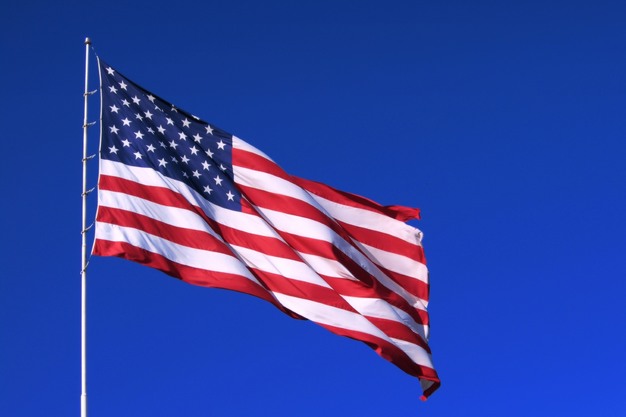A modestly cooler-than-expected US inflation report for June has strengthened the likelihood of a Federal Reserve interest rate cut in December, despite early signs of tariff-driven price pressures beginning to take hold.
 © Fernando Rodrigues | Dreamstime
© Fernando Rodrigues | Dreamstime
According to James Knightley, Chief International Economist at ING, ;"The June consumer price inflation report shows a 0.3% month-on-month reading for headline inflation (0.287% to three decimal places) and a 0.2% MoM outcome for core (0.228%) versus the consensus forecast of 0.3% for both.'
While the data reflects some initial effects of new import tariffs, particularly on fresh produce, appliances, toys and clothing, those increases were largely offset by easing costs in major segments. 'The details show that there was some scattered evidence of early tariff impacts… but this was offset to a large extent by softness in the all-important shelter component,' said Knightley. Shelter, which makes up 40% of the core Consumer Price Index (CPI) basket, rose just 0.2% MoM. Meanwhile, new and used vehicle prices fell by 0.3% and 0.7% respectively.
President Trump may use the weaker core CPI reading as "more ammunition" to urge an aggressive rate cut, having publicly called for a 200 to 300 basis point reduction. Two of his former Federal Open Market Committee (FOMC) appointees have even indicated a willingness to vote for a cut at the upcoming July meeting. However, the Fed remains cautious.
'The Fed was stung by criticism after suggesting the post-pandemic supply shock price hikes would be "transitory", only for inflation to hit 9% in 2022,' Knightley noted. As such, the central bank is likely to wait for firmer evidence that inflationary pressures from tariffs are not becoming entrenched.
Crucially, Knightley added: 'We would need to see some significant weakness in jobs to trigger a rate hike at that point.' With unemployment risks rising amid softer economic growth, the Fed is forecast to act in December, launching a 50bp cut to ease monetary conditions.
Longer-term inflation dynamics may also benefit from shifting housing costs. "Housing costs… will increasingly become a source of disinflationary pressure," supported by data from the Cleveland Fed's new tenant rents series.
For European interiors professionals reliant on transatlantic imports or sensitive to US economic policy, the evolving tariff-inflation dynamic and Fed response will be a key watchpoint heading into 2026.
More information:
ING
www.think.ing.com










